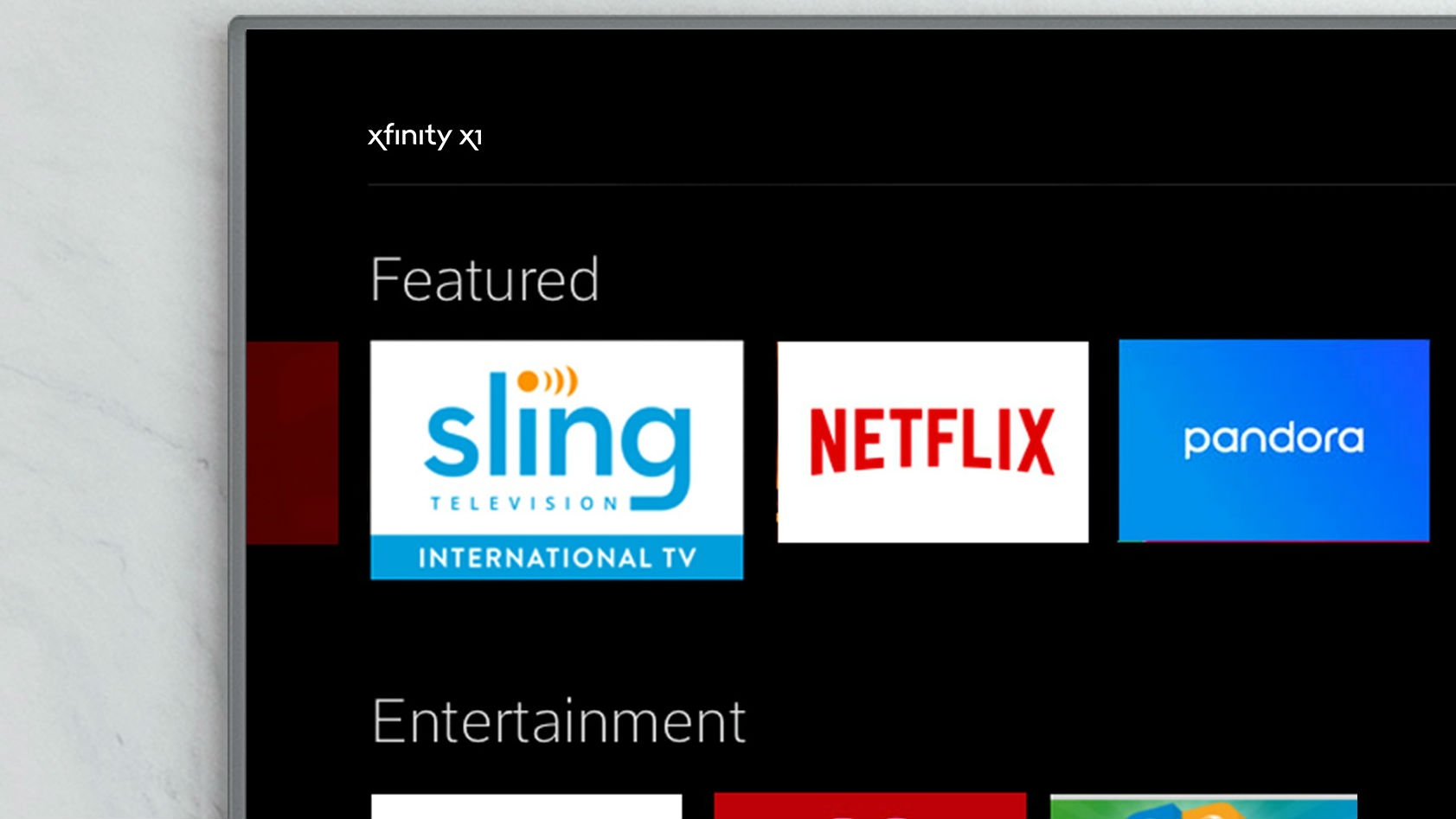Comcast Adds 197K Xfinity Mobile Customer Lines in Q1
Comcast said Xfinity Mobile added 197,000 customer lines in Q1 2018, ending the period with about 577,000.
Those Q1 additions were just a tick ahead of the 187,000 lines that Xfinity Mobile tacked on in the previous quarter. Comcast launched the mobile service last May using its MVNO agreement with Verizon Wireless.
RELATED: Despite Video Losses, Comcast Has Strong Q1
Comcast said it’s happy with the results so far as it weaves Xfinity Mobile into its broadband service bundling strategy.
“We think Xfinity Mobile is a big opportunity to continue to drive the bundling strategy of the cable business and provide more value to our broadband customer,” Michael Cavanagh, Comcast’s senior EVP and CFO, said.
Xfinity Mobile also generated an EBIDTA loss of $189 million in the quarter as the company ramped up subscriber acquisition activities and absorbed other costs associated with getting the new business launched.
Cavanagh noted that those EBIDTA losses are in-line with guidance, adding that Comcast expects them to “be a few hundred more this year.”
Multichannel Newsletter
The smarter way to stay on top of the multichannel video marketplace. Sign up below.
At the same time, Comcast expects to get some benefits from the 50/50 mobile operations partnership formed with Charter, as both MSOs will bear those costs together as they scale up that business.
RELATED: Comcast, Charter Form Mobile Platform Partnership
Dave Watson, Comcast Cable’s president and CEO, said the partnership and its focus on backoffice operations is “critical” to how that business scales, and that it represents a “logical next step,” given the amount of alignment to how Comcast and Charter are looking at the mobile business.
“It’s relatively early, but we like the early trajectory” of the Xfinity Mobile business, Watson said.
RELATED: Xfinity Mobile Launches Bring Your Own Device Option
Though the rate of broadband subscriber growth is starting to slow, Comcast remains confident that its mix of speed, coverage and service control elements (such as its relatively new xFi offering) will enable it to take share.
Cavanagh said 75% of Comcast’s residential high-speed internet subs take speeds of 75 Mbps (downstream) or higher, and that Comcast has 1-gig services available to 90% of its footprint amid its ongoing deployment of DOCSIS 3.1
A sore point for Comcast and other cable operators continues to be the slow erosion of the pay TV subscriber base.

Comcast is trying to address that trend by segmenting the market with new skinny TV services, such as the new Xfinity Instant TV, but will continue to lead with its flagship X1 service, which is now taken by about 61% of Comcast’s residential video sub base and continues to integrate and aggregate OTT services such as YouTube, Netflix and Pandora and support other Comcast services such as Xfinity Home.
RELATED: Comcast Rolls Out ‘Xfinity Instant TV’ Beta
“We have pivoted X1 to be a whole-home platform that aggregates the best content, not just linear TV,” Brian Roberts, Comcast Corp.’s chairman and CEO, said, noting that it also serves as a “dashboard” for WiFi connect and home automation.
“It’s still early for Instant TV,” Watson said. But as virtual MVPDs start to build scale and add subscribers, Comcast has a “real opportunity to win them back,” he added.
Comcast said cable capital expenditures were down 5.2%, to $1.7 billion, reflecting a lower level of spending on consumer premises equipment (CPE), particularly for X1.
Looking ahead, Comcast expects to shift further away from video-centric CPE and more towards connectivity-driven broadband infrastructure spending, Cavanagh said.
